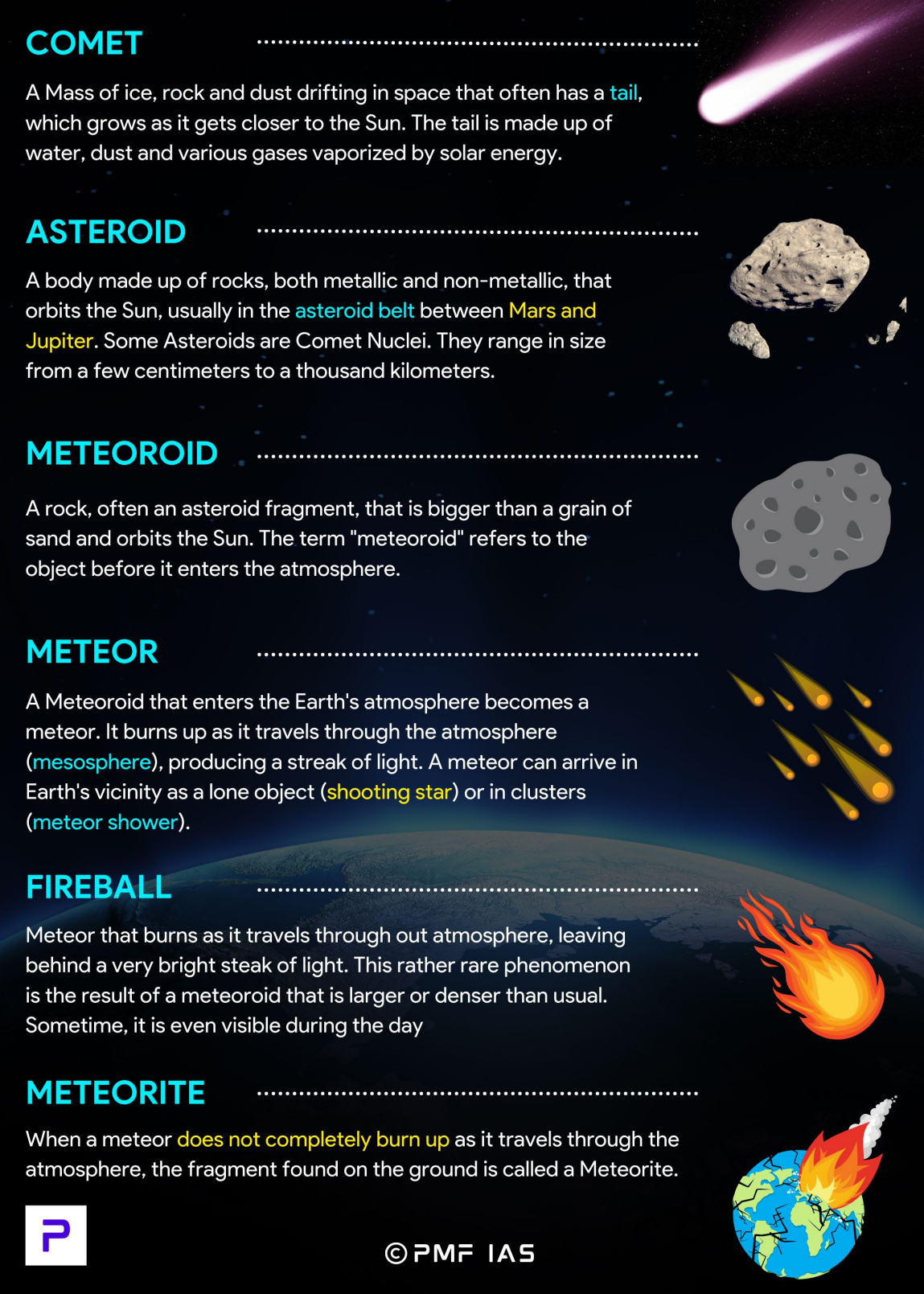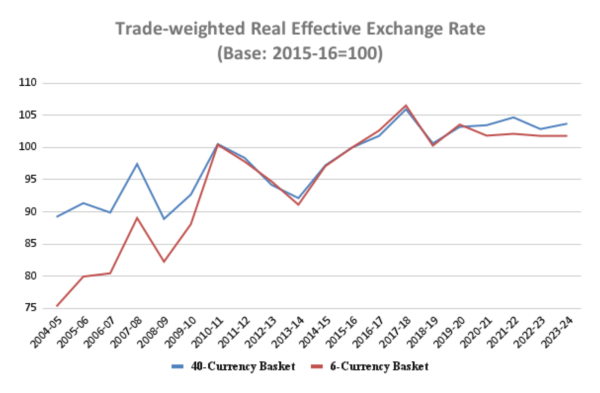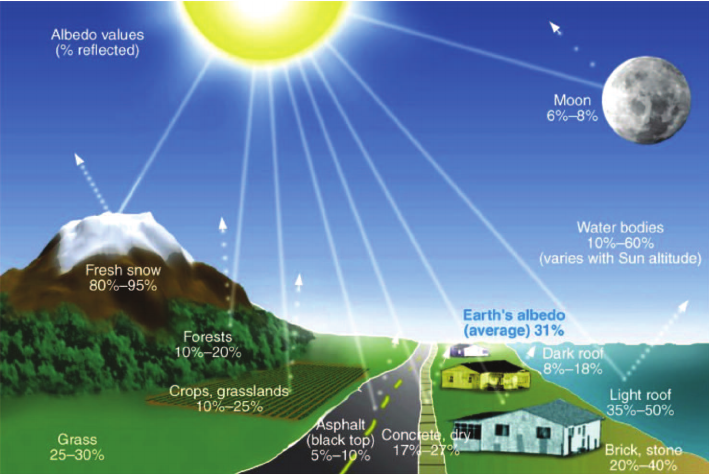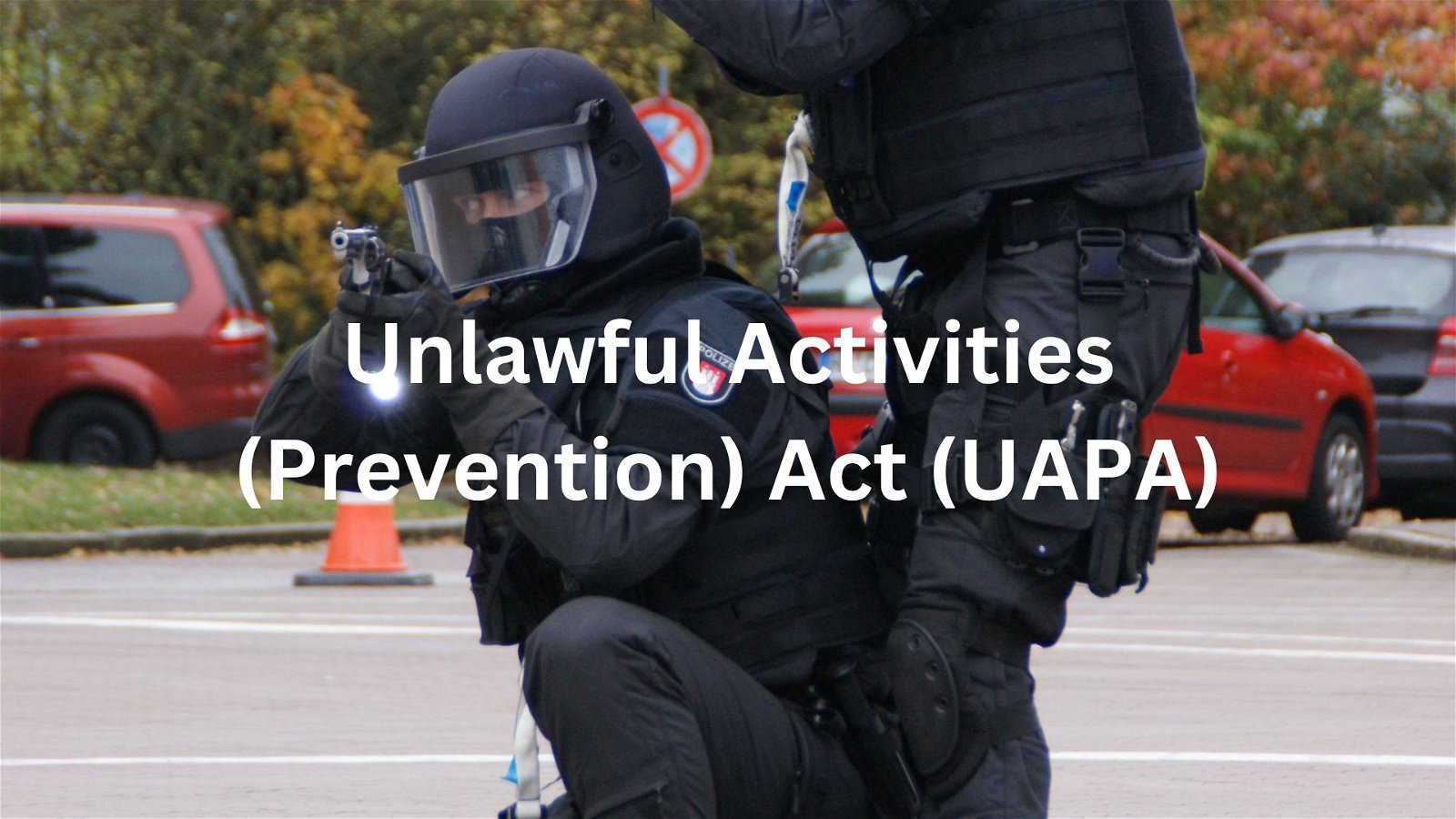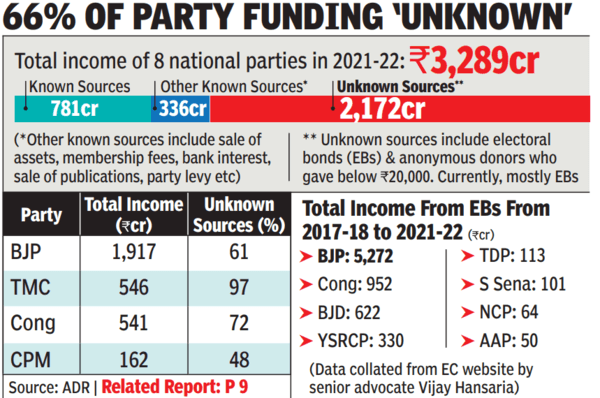
Current Affairs August 12, 2023: PM-WANI, Aceclofenac and Ketoprofen effects On Vultures, Unlawful Activities (Prevention) Act, International Whaling Commission, Neerakshi, Havana syndrome
Subscribers of "Current Affairs" course can Download Daily Current Affairs in PDF/DOC
Subscribe to Never Miss an Important Update! Assured Discounts on New Products!
Must Join PMF IAS Telegram Channel & PMF IAS History Telegram Channel
{GS2 – MoCom – 2023/08/12} PM-WANI
- Context (IE): PM-WANI (Wi-Fi Access Network Interface) is a scheme to increase Wi-fi access.
- Ministry of Communications (MoCom) is responsible for the implementation of PM-WANI.
- It will help in the proliferation of Broadband Internet across India.
- PM-WANI allows the distribution of broadband internet through Public Data Offices (PDOs), which offer small packages of internet for as low as 5 to 10 rupees.
- This framework provides an opportunity for aggregators (PDOAs) to start a business without additional licensing fees, which can help to foster the growth of local nano-entrepreneurs who establish Wi-Fi hotspots and offer internet access to other users.
Entities Involved in PM WANI Scheme
- Public Data Office (PDO): The Wi-Fi access point is deployed at the final delivery point, which may be owned by a small business owner, without requiring registration of any kind.
- Public Data Office Aggregator (PDOA): They provide PDO tech support and complete WANI procedures on their behalf.
- User App Provider: They provide backend services for the User App which interacts with PDOAs.
- Central Registry: A central registry by the WANI governance body to register different PDOs.


Key features of the PM-WANI scheme
- Decentralized management: Anyone can set up a Public Wi-Fi Hotspot and become a “Public Data Office (PDO)“. PDOs can then connect to other PDOs to create a network of Wi-Fi hotspots.
- Open architecture: It is based on open architecture. Any app provider can develop an app that can be used to connect to PM-WANI hotspots.
- Low cost: It will provide access to hotspots at a fraction of the cost of traditional broadband.
- Scalability: The PM-WANI can be easily expanded to accommodate more users.
{GS3 – Envi – Conservation – 2023/08/12} GoI to Ban Aceclofenac and Ketoprofen
- Context (DTE): The Union Ministry of Health and Family Welfare banned the manufacture, sale, and distribution of ketoprofen and aceclofenac and their formulations for animal use under the Drugs and Cosmetics Act, 1940.
- These two non-steroidal anti-inflammatory drugs (NSAIDS) are toxic to vultures.

Vultures Found in India
- Nine species of vultures are found in India.
- Six species are resident: white-rumped vulture, Indian vulture, slender-billed vulture, red-headed vulture, bearded vulture, and Egyptian vulture.
- Three species are migratory: cinereous vulture, griffon vulture, and Himalayan vulture.
Resident Vulture Species of India
White-Rumped Vulture (Gyps bengalensis)
- White-rumped vultures are native to South and Southeast Asia.
- It was once very common in the Gangetic plains of India.
- IUCN: CR | CITES: Appendix II | CMS: Appendix I | WPA: Schedule I
- Its population severely declined due to kidney failure caused by diclofenac poisoning.
Indian Vulture (Gyps indicus)
- Indian vulture (or Long billed vulture) is native to India, Pakistan and Nepal.
- Its population declined severely due to kidney failure caused by diclofenac poisoning.
- IUCN: CR | CITES: Appendix II | CMS: Appendix I | WPA: Schedule I
Slender-Billed Vulture (Gyps tenuirostris)
- Slender-billed vulture is native to sub-Himalayan regions and Southeast Asia.
- Its population declined severely due to kidney failure caused by diclofenac poisoning.
- IUCN: CR | CITES: Appendix II | CMS: Appendix I | WPA: Schedule I
Red-Headed Vulture (Sarcogyps calvus)
- Red-headed vulture (also known as Asian King Vulture, Indian Black Vulture or Pondicherry Vulture) is mainly found in the Indian subcontinent.
- IUCN: CR | CITES: Appendix II | CMS: Appendix I | WPA: Schedule IV
Bearded Vulture
- Bearded vulture are found in high mountains of southern Europe, East Africa, the Indian subcontinent, Tibet, and the Caucasus.
- IUCN: NT | CITES: Appendix II | CMS: Appendix II | WPA: Schedule IV
Egyptian Vulture (Neophron percnopterus)
- Egyptian vulture (also called the white scavenger vulture or pharaoh’s chicken) is widely distributed from the Iberian Peninsula and North Africa to India.
- IUCN: EN | CITES: Appendix II | CMS: Appendix I | WPA: Schedule IV
Migratory Vulture Species of India
Cinereous Vulture (Aegypius monachus)
- Cinereous vulture (also known as black vulture or monk vulture) are distributed throughout temperate Eurasia.
- IUCN: NT | CITES: Appendix II | CMS: Appendix II | WPA: Schedule IV
Eurasian Griffon Vulture (Gyps fulvus)
- IUCN: LC | CITES: Appendix II | CMS: Appendix II | WPA: Schedule IV
Himalayan Griffon Vulture (Gyps himalayensis)
- Himalayan Griffon vulture is native to the Himalayas and Tibetan Plateau.
- IUCN: NT | CITES: Appendix II | CMS: Appendix II | WPA: Schedule IV
Consequences of Depopulation of Vultures
- Vultures played an important role in public sanitation. There depopulation results in:
- The carcasses rot in village fields leading to contaminated drinking water.
- Explosion of rats and wild dogs which lead to the spread of diseases.
- A vulture’s metabolism is a true “dead-end” for pathogens. But the new scavengers (dogs and rats) become carriers of the pathogens.
Action Plan for Vulture Conservation (APVC) in India 2020-25
- APVC 2006 was released to save the vultures from possible extinction.
- The main objective was the removal of diclofenac from the food chain.
- Diclofenac was banned for veterinary use in India in 2006. A replacement drug Meloxicam introduced.
- The plan was extended to 2025 aiming not just halting the decline but to actively increase the vulture numbers in India.
- Main objectives of APVC 2025 are:
- To ensure that sale of veterinary NSAIDs are strictly regulated.
- To carry out safety testing of available veterinary NSAIDs on vultures and to introduce new NSAIDs in the market only after safety testing on vultures.
- To ban drugs that are toxic to vultures other than diclofenac like aceclofenac and ketoprofen from veterinary use.
- To cover all 9 species of vultures recorded from India.
- To have at least one vulture safe zone in each state.
Vulture Safe Zones
|
Other Steps Taken for Vulture Conservation
|
{GS3 – IS – Laws – 2023/08/12} Unlawful Activities (Prevention) Act
- Context (TH | TH): SC judge Justice P.K. Mishra recuses from hearing a bail petition filed by former student leader Umar Khalid in an Unlawful Activities (Prevention) Act, 1967 (UAPA 1967).
|
Unlawful Activities (Prevention) Act, 1967 (UAPA 1967)
- UAPA 1967 was enacted for effective prevention of unlawful activities of individuals and associations in India.
|
Key Provisions of UAPA 1967
- Powers: GoI has the exclusive power to declare an association as unlawful.
- Power to prohibit the use of funds: If an unlawful person or association holds funds which is indended to be used for unlawful activities, the GoI can prohibit the use of those funds by them.
- Penality: It has death penalty and life imprisonment as highest punishments.
- Applicability: Both Indian and foreign nationals can be charged. It will be applicable even if crime is committed on a foreign land.
- Chargesheet filing: The investigating agency can file a charge sheet in maximum 180 days after the arrests. But the duration can be extended further after intimating the court.
20024 and 2019 Amendments to UAPA
| UAPA 1967 | The 2004 Amendment |
| Referred to “unlawful activities” as actions related to secession and cession of territory. | Added “terrorist act“ to the list of offences to ban terriorist organisations. |
| UAPA 1967 | The 2019 Amendment |
| The GoI may designate an organisation as a terrorist organisation. | Empowers the GoI to designate individuals also as terrorists. |
| An investigating officer is required to obtain the prior approval of the DGP to seize properties that may be connected with terrorism. | If the investigation is conducted by an officer of the NIA, the approval of the DG of NIA would be required for seizure of such property. |
| Investigation can be conducted by officers of the rank of DSP or ACP or above. | Additionally empowers the officers of the NIA, of the rank of Inspector or above, to investigate cases. |
| Defines terrorist acts to include acts committed within the scope of any of the treaties listed in a schedule to the Act. | Adds another treaty to the list called the International Convention for Suppression of Acts of Nuclear Terrorism (2005). |
| The Schedule lists ten treaties including the Convention for the Suppression of Terrorist Bombings (1997), and the Convention against Taking of Hostages (1979). | |
Concerns Related to UAPA 1967
Restrict Freedom and Suppresses Dissent
- UAPA is often used as a tool to suppress political dissents.
- It is used to target activists, journalists, and academics who are critical of the government.
- It restricts the certain freedoms granted by Article 19. They are freedom of:
- Speech and expression
- Assembly
- Association
Violation of Fundamental Right to Life (Article 21)
- UAPA allows person to be arrested for180 days without a charge sheet being filed.
- Moreover, it provides that a suspect may not be released on bail if the court determines that there are good grounds to assume that the allegations are accurate at face value.
- Since UAPA is preventive law, so, the right to protection against arrest and detention in certain cases (Article 22) is not applicable.
Preventive Detention Law
Punitive Detention Law
|
Against Federalism
- According to 7th Schedule, police is a state subject. So, giving NIA investigative UAPA cases after 2019 amendemnt can be seen as encroachment of government authority.
- Moreover, GoI already had the exclusive power to declare an individual or organisation as unlawful under UAPA.
- All these goes against the ethos of federalism enshrined in our Constitution.
Burden of Proof
- Under UAPA cases, the burden of proof is on the accused, as opposed to other criminal offenses where the burden of proof rests with the State.
|
Way Forward
- A strong anti-terrorism law is indeed required in a country like India. But constant scrutiny and constructive criticism must be allowed, so, that such laws does not become stringent.
- While adopting and implementing preventive laws, the government should be careful that they do not violate the fundamental rights and different ethos like federalism enshrined in IC.
- Judiciary can play a greater and constructive role by using its power of judicial review to check arbitrariness of such laws.
{Prelims – Envi – Species – 2023/08/12} Vaquita porpoise
- Context (DTE): The International Whaling Commission (IWC) has issued its first-ever extinction alert for the critically endangered Vaquita Porpoise.
- The vaquita is the world’s smallest cetacean.
- They are the only distant relatives of dolphins.
- The vaquita’s population has dwindled to just nine or ten individuals due to illegal gill net fishing.
- The IWCs highlighted an alarming 83% decline in the population between 2015 and 2018.
|
International Whaling Commission (IWC)
|
{Prelims – S&T – Defence – 2023/08/12} Neerakshi
- Context (HT): India has developed an Autonomous Underwater Vehicle (AUV) named Neerakshi.
- Neerakshi is a 2.1-meter-long cylindrical AUV that weighs around 45 kg.
- It can perform various tasks such as mine detection, disposal, and underwater surveys.
- The AUV has an endurance of four hours and can operate at a depth of up to 300 meters.
- The AUV is currently in the prototype stage and is being developed by Garden Reach Shipbuilders and Engineers (GRSE) Ltd — a GoI undertaking under the Ministry of Defence.

{Prelims – Sci – Bio – Diseases – 2023/08/12} Havana Syndrome
- Havana Syndrome is a mysterious illness that has affected US intelligence and embassy officials.
- The syndrome is caused by high-frequency microwaves, which can damage the nervous system.






![PMF IAS Environment for UPSC 2022-23 [paperback] PMF IAS [Nov 30, 2021]…](https://pmfias.b-cdn.net/wp-content/uploads/2024/04/pmfiasenvironmentforupsc2022-23paperbackpmfiasnov302021.jpg)





